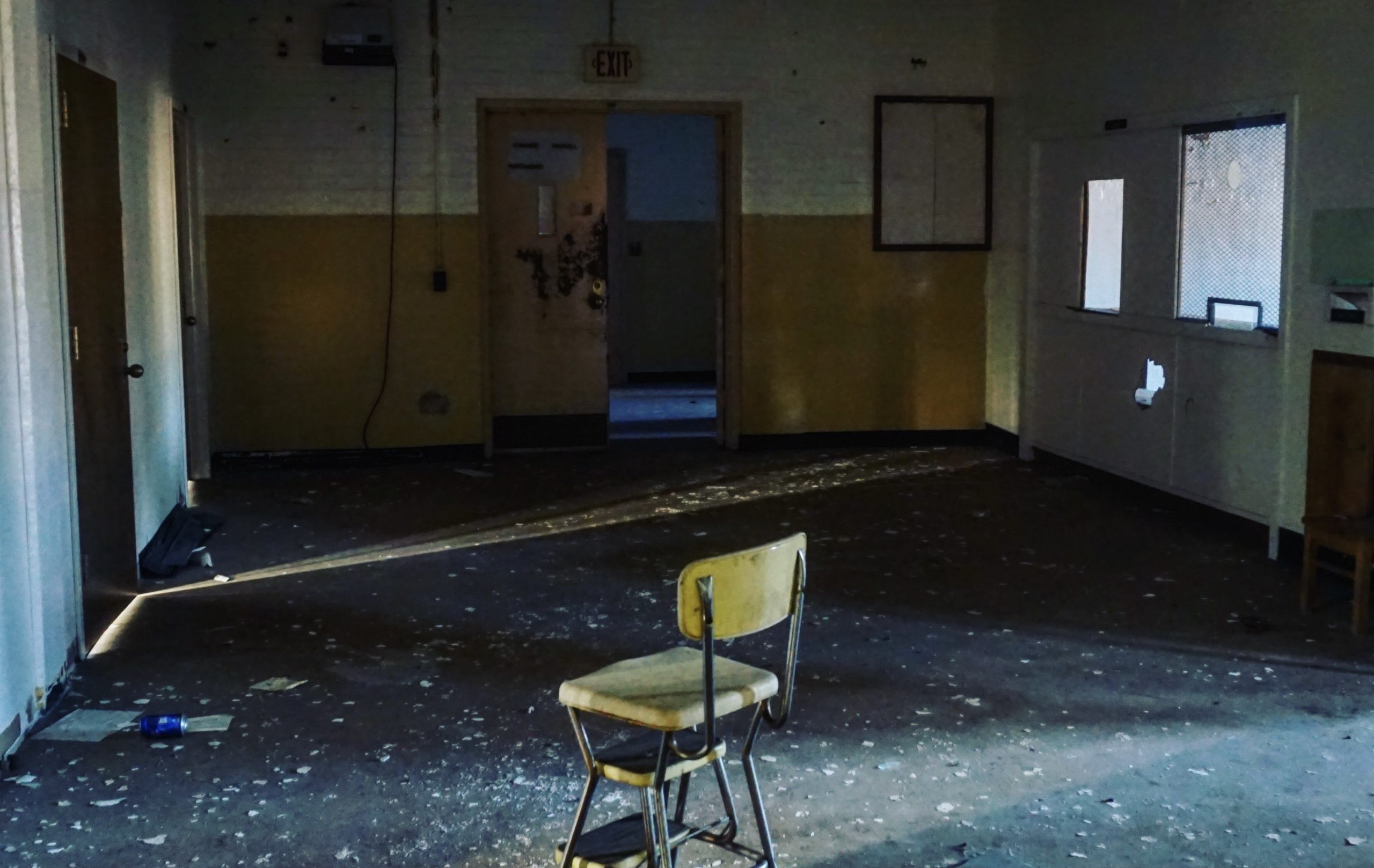With any fire, the safety of the building and the residents inside are at the forefront of concern. The cost of a school fire can cause a huge impact, both financially and physically.

With any fire, the safety of the building and the residents inside are at the forefront of concern. The cost of a school fire can cause a huge impact, both financially and physically.

It is not only expensive where repairs are concerned, but also causes mass disruption to the education, emotions and morale of students.
According to Government Association figures, ‘on average, each year in the UK there are over 1,500 fires in schools and other educational establishments.’
Preventing the risk of fire from occurring in a school environment can feel like a difficult task, but once you have the correct measures in place, protecting the building and its pupils and teachers will be straightforward and comforting for everyone involved.
Before we delve into the detailed advice, there are some simple steps that you can take to make sure your school is following fire safety measures:
There are a lot of areas in the school that might need extra consideration. Science departments, for example, will have a lot of potential risks such as Bunsen burners and gas elements that, if left on, can cause terrible damage. Overheated lights or smoke machines in a school theatre can create unthinkable risks. This is where fire risk assessments come in handy.
All schools are required to complete a fire risk assessment, which is something that needs to be updated regularly to prevent any dangers. Fire risk assessments help identify any precautions you need to take, along with making note of how people can evacuate the premises as safely as possible if a fire does break out.
Ensuring that all pupils and staff are aware of the evacuation process is essential, and regularly practised fire drills can help keep everyone in the know.
Arson is a significant issue in schools, with approximately 40% of major school fires being deliberately set. Over 20 schools a week will have to deal with an arson attack in the UK, with a third of these occurring during school hours.
Having a clear understanding of who takes responsibility for the risk management of fire on school grounds is essential. Once you decide who will take on the role, whether that be the headteacher, caretaker or even school governor, responsibilities can be assigned and a clear plan of action can be introduced.
A fire action plan should include instructions on assessment, prevention and what to do in the aftermath.
The BB100 was initially published in 2007 and it is non-statutory guidance on fire safety for schools applying to nurseries, primary and secondary schools, along with academies, sixth form colleges and pupil referral units.
The Building Bulletin 100 provides technical guidance on fire safety design, covering school-specific fire risks, protection of the property and general fire safety management. While it is useful for designers, building control officers, fire safety officers and fire engineers, it is incredibly helpful for headteachers and any members of staff who take on the role of fire safety manager.
Significant changes since the guidelines were first introduced in 2007 include:
The recommendation that single escape stairs should not be allowed in new construction
Elevators in multi-storey schools should be evacuation level standard
Setting minimum levels of automatic fire detection and alarm systems provision
Raising the standards required for external wall cladding
A lot of commercial buildings have introduced fire curtains as a way of protecting their property from fire and a large number of schools are now utilising fire curtains for fire safety.
Many schools will have an atrium that is usually the hotspot with visitors, students and staff coming in and out of the building every day. Atriums are often large open spaces, the perfect location to install a fire curtain system without affecting the aesthetics of the building.
Stair enclosures can encourage the smoke to spread through the school, similar to the chimney effect of elevators. Smoke and fire curtains can help retain the smoke and block it from travelling any further.
Fire curtains from Coopers Fire provide designers with the freedom to create open-plan spaces without compromising fire safety. We are proud to see our fire curtains as life-cycle products and, as such, we consider the bigger picture. Our servicing and maintenance work to ensure that you get the most out of your fire curtains.
Contact Us
If you wish to discuss how to protect schools with fire curtains, please visit our fire curtains page, call us at 02392454405 or email us.